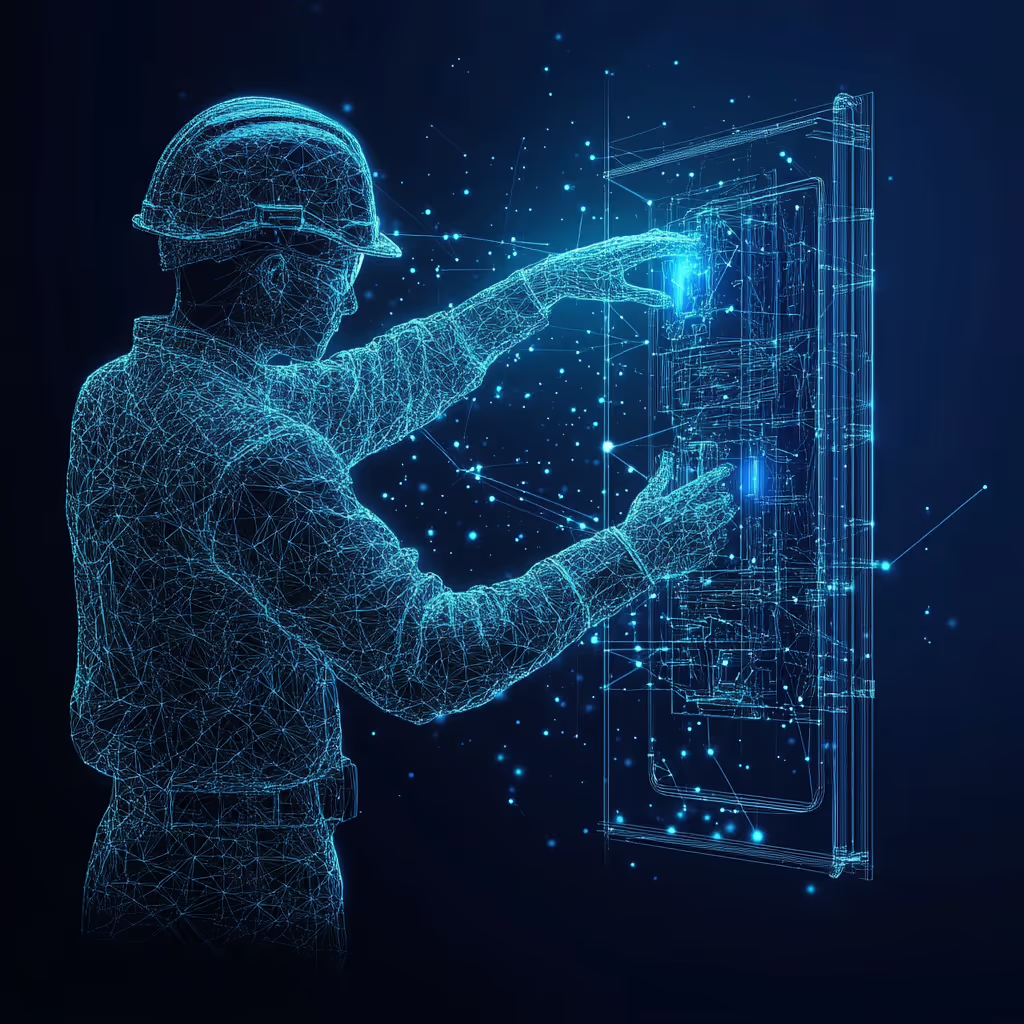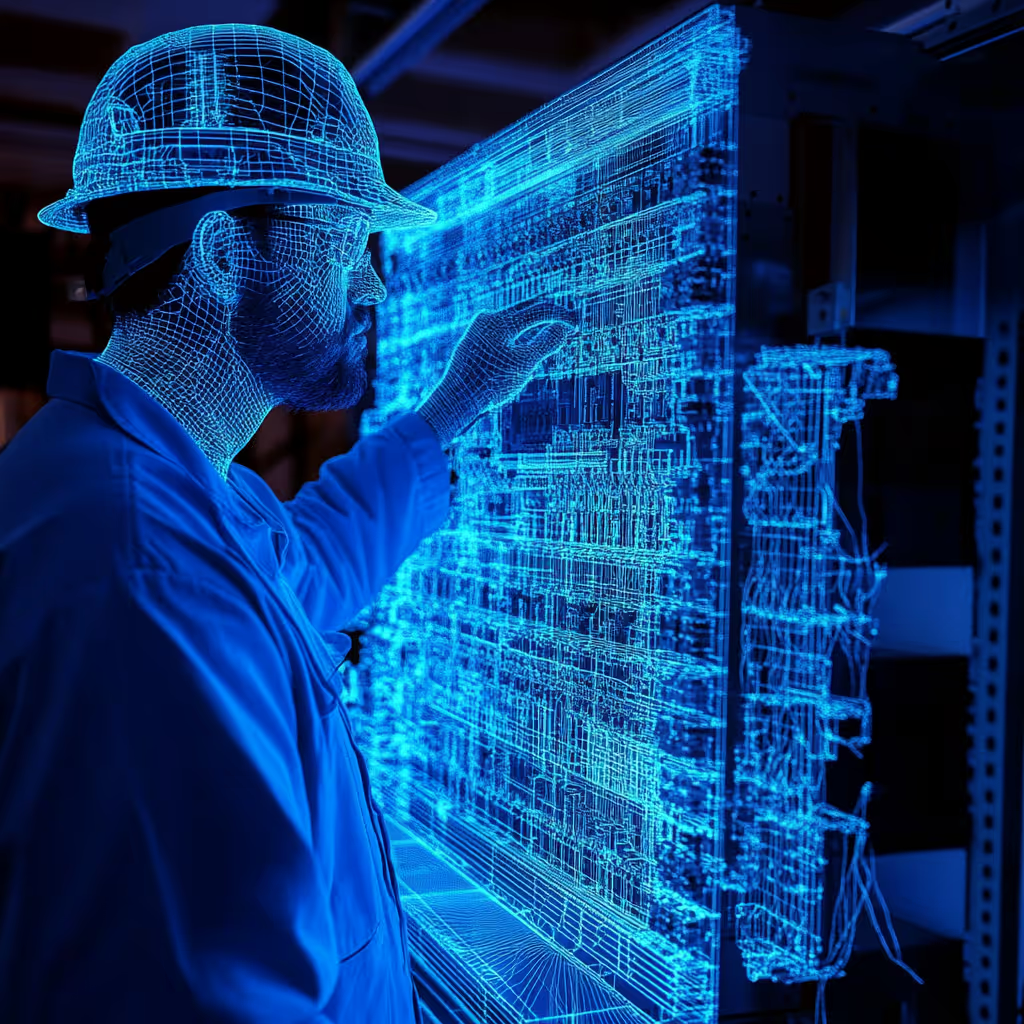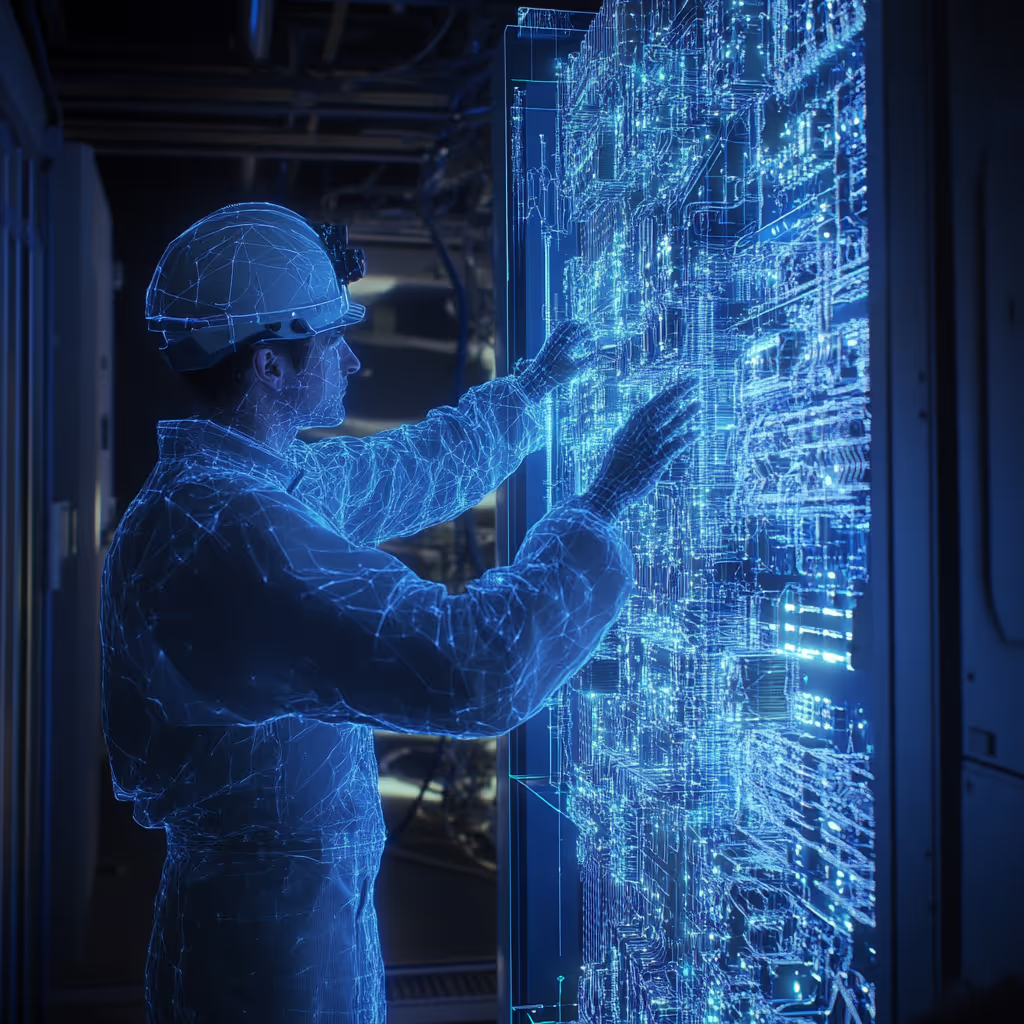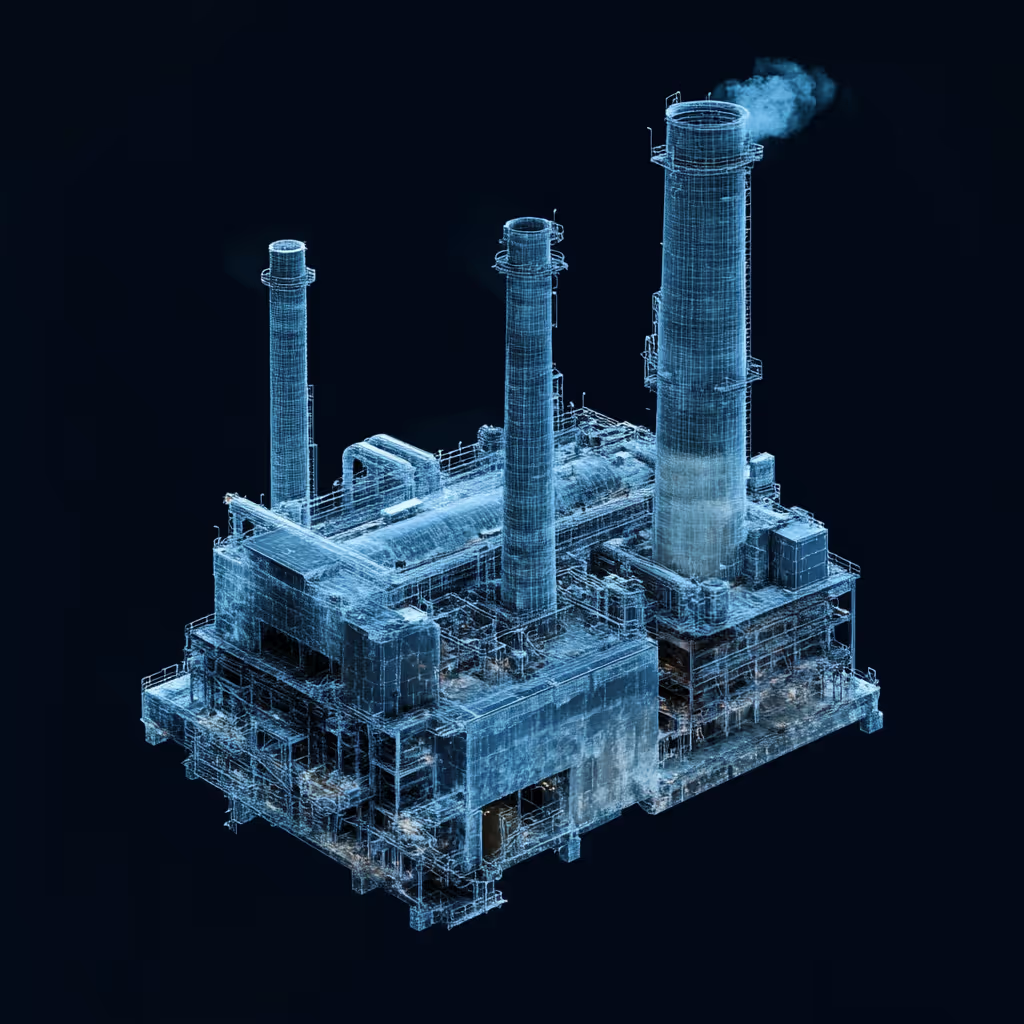Professional Outsourced Energy Services

Our services for the energy sector have been used for major companies across our 36+ years in business. We can handle anything from creating a single 2D CAD drawing, digitizing old schematics, and creating brand-new complicated 3D models for an upcoming project.
There have been massive pushes lately for alternative energy companies to become more competitive. This usually means new facilities, updated designs, and optimization of your library of components. CAD/CAM Services can help in every part of this effort.
Our engineers can create brand-new turbine blades for your cutting-edge wind turbines. We can generate a smarter way to lay out solar panels through complex sheet metal designs. We can upgrade how you run your hydroelectric facility. The best part? We do all of it under one roof.

.png)






